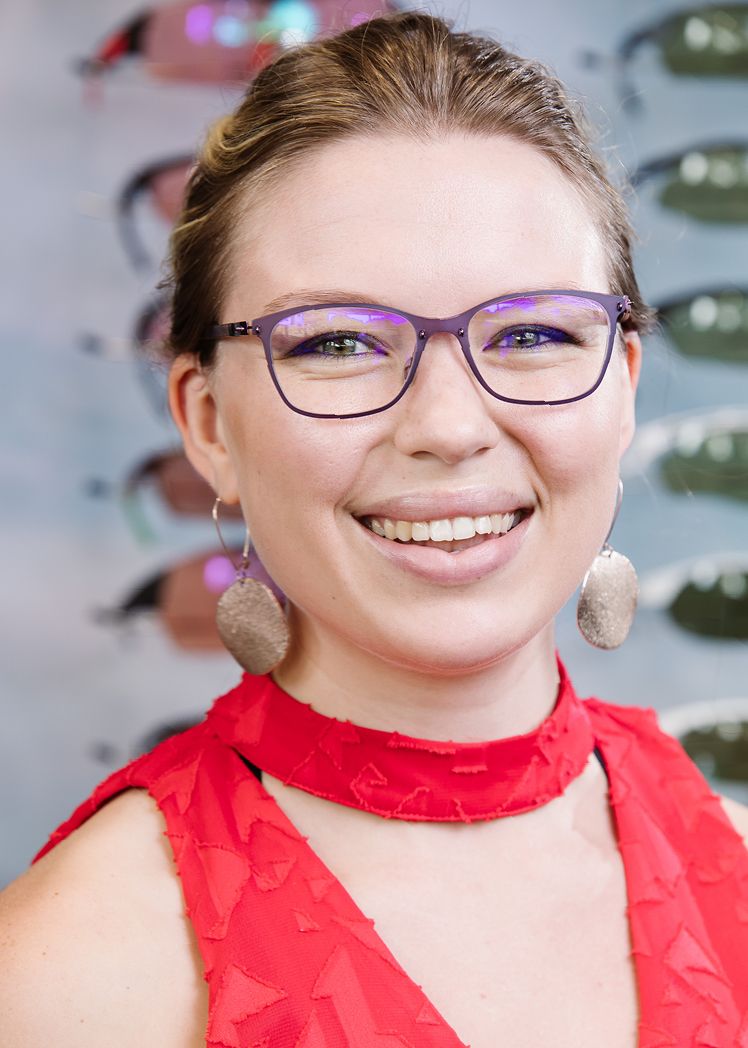
A patient has low vision when the best corrected visual acuity (VA) in the best eye is equal to or worse than 6/21, VA of 6/300 is classified as near total blindness, and no light perception means total blindness. A patient is legally blind when the best corrected VA in the eye with the best vision is less than 6/60, also when the visual field is less than 20 degrees, these patients may apply for certain government benefits.
Conditions that might lead to low vision include Macular degeneration, Achromatopsia, Retinitis pigementosa, Ocular albinism, Degenerative myopia,Cataracts, Diabetic retinopathy, Glaucoma, Trachoma, Corneal Opacities, Stargardt’s disease to just name a few. These conditions are usually treated or monitored by ophthalmologists.
Low vision patients experience the world differently. They might have reduced visual field that can cause tunnel vision, dark spots named scotomas that interfere with the picture they see, central scotomas which causes the reverse effect of tunnel vision, constant blurry vision, colours that appear monotonous and so forth.
In the case of low vision a regular eye exam might not be adequate for determining the patient’s visual capabilities accurately, because a more specialized testing procedure needs to be utilized. Some of the tests are similar, but the methods of testing might differ as well as the time taken to complete tests. It is important to understand the functional vision a person has as well as their visual needs.
During a low vision exam different testing charts and distances are used to meet the patient’s visual capabilities. Visual acuity at distance and near, peripheral and central visual fields and colour vision are measured as part of the testing procedure. The goal of a low vision exam is to provide the best possible vision by using devices to equip the patient with the skills and abilities to function independently and perform the tasks that they need to and want to be able to perform.
Low vision practitioners often collaborate with therapists to assist the patient in working through the psychological difficulties of living with low vision as well as therapists who help the patient set up their home and work place to be more user-friendly and easier to navigate.
Usually it is not possible to assist low vision patients with only spectacles or contact lenses, it is necessary to make use of additional low vision devices. These devices include a wide variety of magnifiers, illuminated magnifiers and electronic magnifiers for near vision as well as telescopes used for spotting or even bioptics for distance vision. There are also many cell phone applications and computer software that can be used to enlarge print or even read and record text. Household items are adapted to be used by low vision patients, for example kettles, calculators and microwaves with enlarged print, lights or buzzers as well as water level indicators, high contrast keyboards etcetera.
It is important for patients to know that there are a wide variety of low vision devices and gadgets especially designed for specific needs and activities. Low vision doesn’t mean no vision and it is important to work with the capabilities that the patient does have to improve their quality of life and ability to function independently.